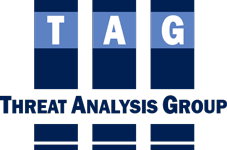The GMU Research Team discovered that LPR technology is rapidly diffusing into U.S. law enforcement. Over a third of large police agencies have already adopted LPR, and many are on their way to acquiring the technology. However, we also discovered this rapid adoption is occurring in a low-information environment; the evidence-base for the effectiveness and effects of LPR is weak. Indeed, only one other rigorous evaluation, conducted by colleagues at the Police Executive Research Forum (PERF) has ever been conducted on LPR technology, and very few agencies have engaged in any type of assessment of this technology. Further, we discovered a relative dearth of empirical information about the realities of community concerns with LPR.
Our randomized controlled experiment mirrored the findings from the PERF experiments in that the use of LPR in autotheft hot spots does not appear to result in a reduction of crime generally or autotheft specifically, during the period of time measured. This may be due
to the intensity of the patrols during the experiment, which were limited by resources and shift constraints, or the base of data in which the LPR units accessed. However, the findings may also provide a true indication of the crime prevention effectiveness of LPR in crime hot spots, and therefore, more testing of different applications and broader uses of data are warranted.
Finally, in our community assessment and legal analysis, we tested various perceptions and receptivity to uses of LPR by introducing a number of potential applications of the technology in searching for specific types of crime as well as collecting, storing, and sharing data. We discovered that concerns about LPR were not singular, but could vary depending upon the uses and connotations behind various uses. We suggest that exploring a continuum of LPR use may be a fruitful way for researchers to develop and test hypotheses about this and other police technologies.

